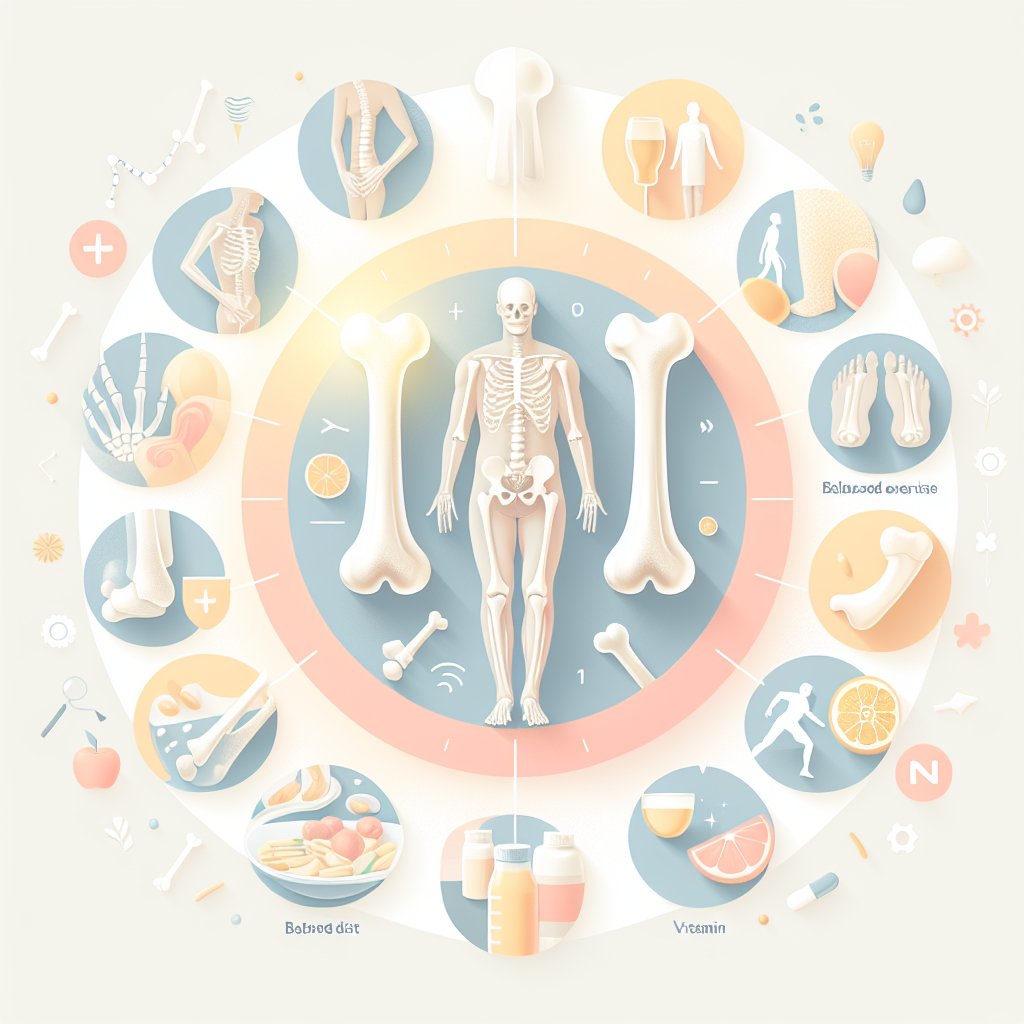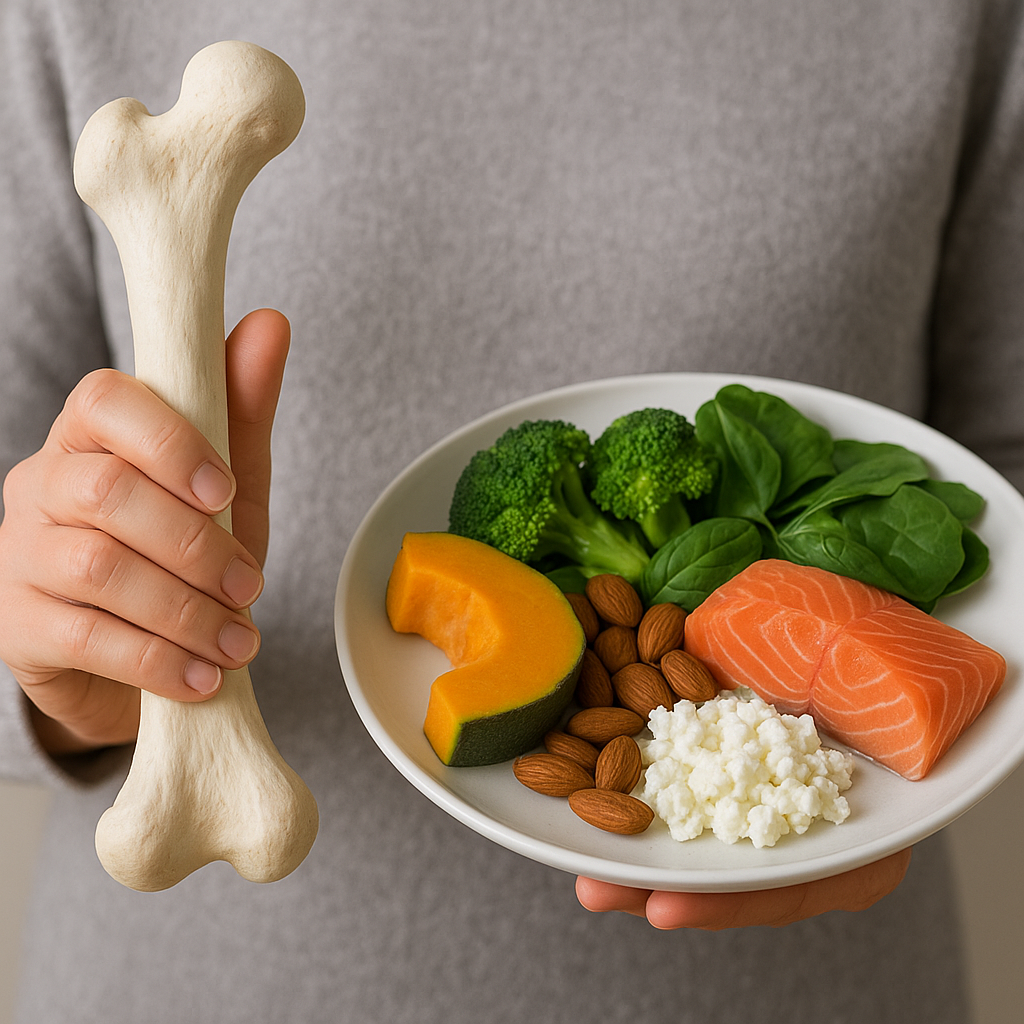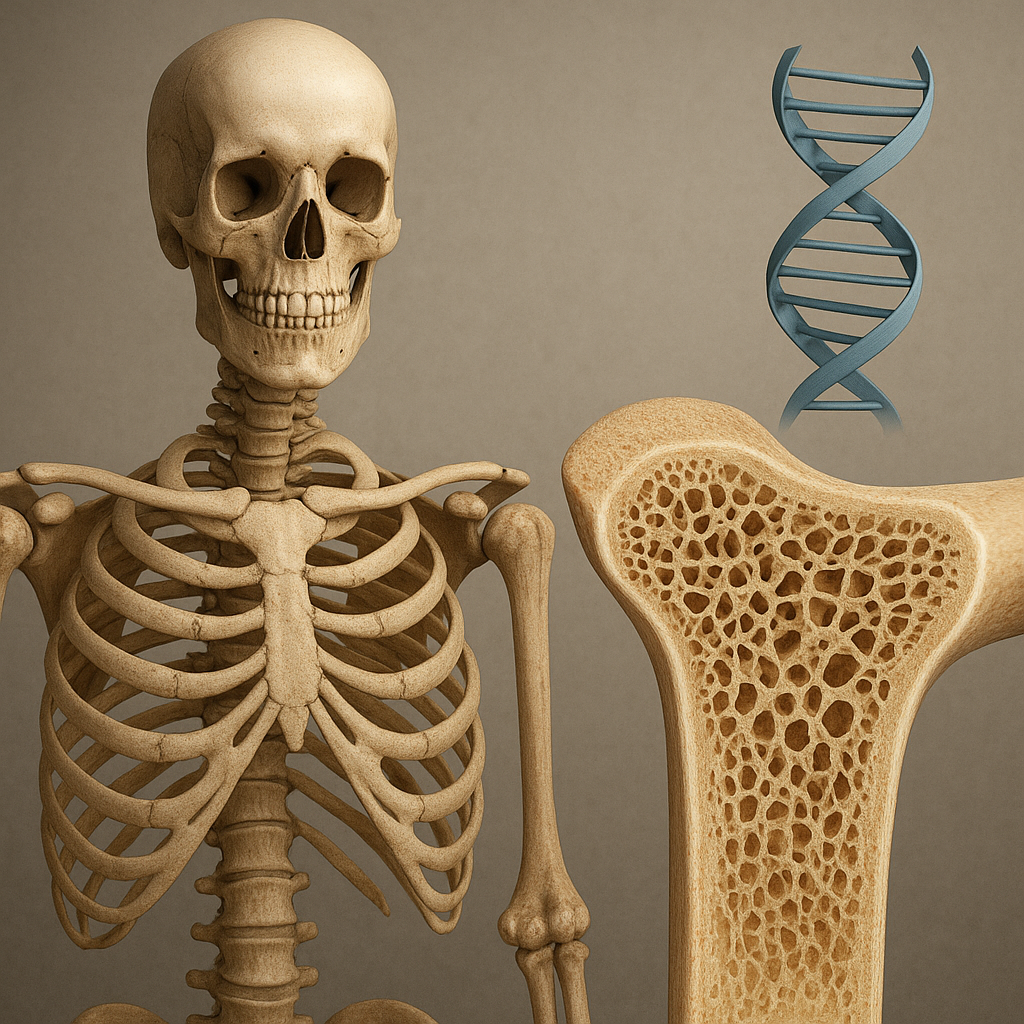Common bone diseases pose significant health challenges worldwide, affecting millions of individuals and leading to a range of complications. Understanding these diseases, their causes, and preventive measures is crucial for maintaining bone health and overall well-being. This article delves into some of the most prevalent bone diseases, their risk factors, and effective strategies for prevention.
Understanding Common Bone Diseases
Bone diseases can be classified into various categories, each with distinct characteristics and implications for health. Some of the most common bone diseases include osteoporosis, osteoarthritis, rheumatoid arthritis, and Paget’s disease. Each of these conditions affects the bones and joints in different ways, leading to pain, reduced mobility, and an increased risk of fractures.
Osteoporosis
Osteoporosis is a condition characterized by a decrease in bone density, making bones fragile and more susceptible to fractures. It often develops silently over many years, with no symptoms until a fracture occurs. Risk factors for osteoporosis include:
- Age: The risk increases as individuals age, particularly for women after menopause.
- Gender: Women are at a higher risk than men due to hormonal changes.
- Family History: A family history of osteoporosis can increase an individual’s risk.
- Body Frame Size: Smaller body frames may have a higher risk due to less bone mass.
- Diet: Low calcium and vitamin D intake can contribute to bone loss.
- Lifestyle Factors: Sedentary lifestyle, smoking, and excessive alcohol consumption can increase risk.
Osteoarthritis
Osteoarthritis is the most common form of arthritis, affecting millions of people worldwide. It occurs when the protective cartilage that cushions the ends of the bones wears down over time, leading to pain, stiffness, and swelling in the joints. Key risk factors include:
- Age: The likelihood of developing osteoarthritis increases with age.
- Weight: Excess body weight puts additional stress on weight-bearing joints.
- Joint Injuries: Previous injuries can increase the risk of developing osteoarthritis.
- Genetics: A family history of osteoarthritis can predispose individuals to the condition.
- Overuse: Repetitive stress on joints from certain occupations or sports can lead to osteoarthritis.
Rheumatoid Arthritis
Rheumatoid arthritis (RA) is an autoimmune disorder that primarily affects the joints, causing inflammation, pain, and eventual joint damage. Unlike osteoarthritis, which is primarily due to wear and tear, RA is caused by the immune system attacking the synovium, the lining of the membranes that surround the joints. Risk factors for RA include:
- Gender: Women are more likely to develop RA than men.
- Age: RA can occur at any age but is most common in middle age.
- Family History: A family history of RA increases the risk.
- Smoking: Tobacco use is a significant risk factor for developing RA.
- Obesity: Being overweight can increase the risk of developing RA.
Paget’s Disease
Paget’s disease of bone is a chronic disorder that can result in enlarged and misshapen bones. It typically affects older adults and can lead to pain, arthritis, and fractures. The exact cause of Paget’s disease is unknown, but risk factors include:
- Age: The disease is more common in individuals over 50.
- Family History: A genetic predisposition may play a role.
- Geographic Location: Higher prevalence is noted in certain regions, such as the UK and parts of Europe.
Preventive Measures for Bone Health
Preventing bone diseases involves a combination of lifestyle choices, dietary considerations, and regular medical check-ups. Here are some effective strategies to maintain healthy bones:
Nutrition
A balanced diet rich in essential nutrients is vital for bone health. Key nutrients include:
- Calcium: Essential for building and maintaining strong bones. Good sources include dairy products, leafy greens, and fortified foods.
- Vitamin D: Helps the body absorb calcium. Sunlight exposure, fatty fish, and fortified foods are excellent sources.
- Protein: Important for bone structure. Include lean meats, fish, beans, and legumes in your diet.
- Magnesium and Zinc: These minerals play a role in bone health. Nuts, seeds, whole grains, and legumes are good sources.
Physical Activity
Regular physical activity is crucial for maintaining bone density and overall health. Weight-bearing exercises, such as walking, jogging, and strength training, help stimulate bone formation and improve balance, reducing the risk of falls and fractures. Aim for at least 150 minutes of moderate-intensity exercise each week.
Avoiding Risk Factors
Reducing or eliminating risk factors can significantly lower the chances of developing bone diseases. Consider the following:
- Avoid Smoking: Quitting smoking can improve bone health and reduce the risk of osteoporosis.
- Limit Alcohol Consumption: Excessive alcohol intake can interfere with calcium absorption and bone health.
- Maintain a Healthy Weight: Achieving and maintaining a healthy weight can reduce stress on joints and lower the risk of osteoarthritis.
Regular Check-ups
Regular medical check-ups are essential for early detection and management of bone diseases. Discuss bone health with your healthcare provider, especially if you have risk factors. Bone density tests can help assess bone health and determine the need for preventive measures or treatments.
Supplements
If dietary intake is insufficient, consider discussing calcium and vitamin D supplements with your healthcare provider. These supplements can help ensure adequate nutrient levels for bone health, especially in individuals at higher risk for osteoporosis.
Conclusion
Common bone diseases, such as osteoporosis, osteoarthritis, rheumatoid arthritis, and Paget’s disease, can significantly impact quality of life. However, by understanding the risk factors and implementing preventive measures, individuals can take proactive steps to maintain their bone health. A balanced diet, regular physical activity, and avoiding harmful habits are essential components of a healthy lifestyle that supports strong bones. Regular check-ups and open communication with healthcare providers can further enhance bone health and prevent the onset of these diseases.













